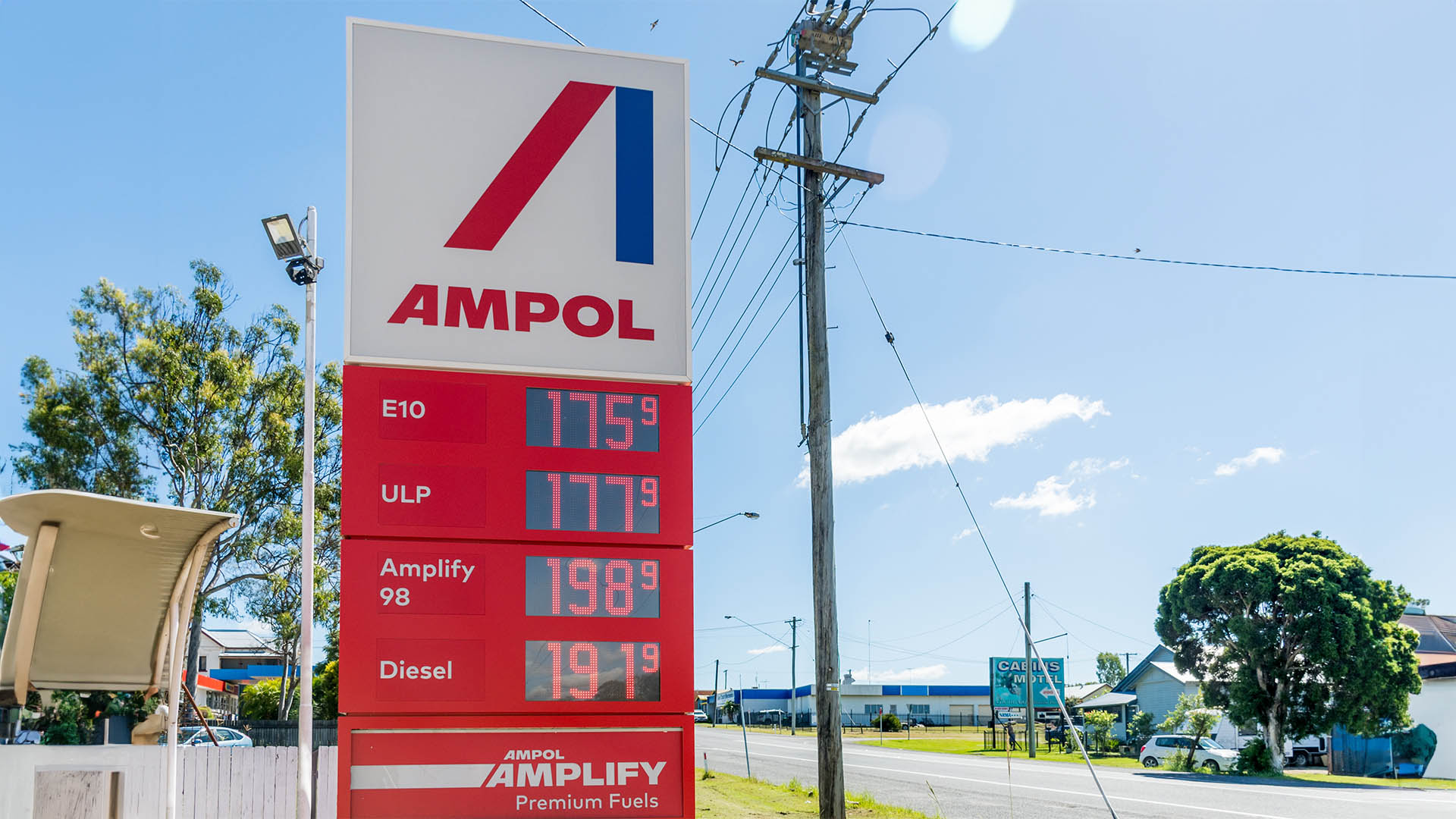Key Takeaways
- Infrastructure projects are being accelerated as governments look for opportunities to support local economies, stimulate job markets and support small and medium-size enterprises. These projects tend to be accretive to value and are often missed by the market.
- A variety of climate-related policies and trends affecting utilities should support asset growth and subsequent earnings, cash flow and dividend growth in the medium and longer term.
- We also see opportunities to invest in transport infrastructure, particularly in long-dated monopoly assets like the Eurotunnel and North American rail, which should benefit from policies to lower emissions and the post-COVID-19 recalibration of supply chains.
Accelerating Infrastructure Spending to Support Global Recovery
It was a volatile year for financial markets, with a toll on lives and livelihoods that will ask for patience as world economies continue to cope with the COVID-19 pandemic entering 2021. Encouraging developments on the vaccine front late in 2020 and advances in the world’s ability to manage infection rates while still working, learning and spending are positive signs for 2021, and we are constructive on the outlook for global listed infrastructure for several reasons.
Looking ahead, we see a lot of infrastructure projects being accelerated as governments look for opportunities to support local economies. These will likely be skewed toward a diverse range of “local” projects, using local materials, aggregates, labor and contractors. We expect a number of these projects to be financed by the private sector and “paid for” by extending concession agreements. These are often neutral to near-term earnings but accretive to value and are often missed by the market.
In the U.S., the election of Joe Biden as president should further boost the focus on infrastructure spending, with projects related to renewable power generation and electric vehicles in the utilities sector likely to benefit. Should the Democrats regain control of the Senate, in addition to seeing a larger fiscal stimulus bill, cell towers could also see a boost from an initiative to expand broadband to rural areas while midstream energy could face headwinds due to a faster transition toward renewables.
Utilities are a sector we feel bullish about for 2021 as they were hardly impacted by the pandemic due to their essential service nature, supportive regulation, importance in leading the decarbonisation of economies and their social importance as major employers. A variety of trends should accelerate asset growth and subsequent earnings, cash flow and dividend growth in the medium and longer term. These include higher renewable energy targets, gas to electricity switching (in residential as well as commercial), the build-out of electric vehicle charging infrastructure and the need to build grid resilience against increasingly destructive weather events related to climate change.
We also see opportunities in the transport space. Governments are seeking to use the “new normal” brought about by the pandemic to change consumer behavior when it comes to travel – Europe is incentivising rail over air travel, promoting 2021 as “the year of rail” – to reduce transport sector emissions. Additionally, in both Europe and North America we expect policies to support the onshoring of supply chains.
Finally, in many regions 2021 will see major steps forward in the rollout of 5G communications infrastructure. This will enhance the medium- to long-term earnings growth of the wireless tower industry, which is well-represented in listed markets across the U.S., Europe, Asia and emerging markets.













